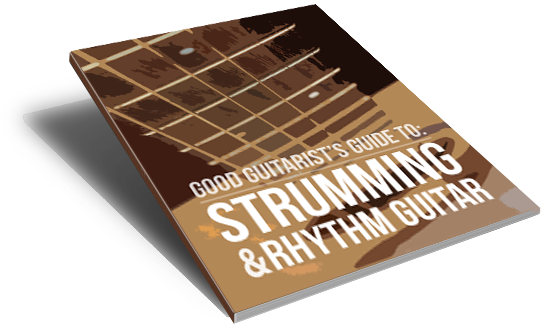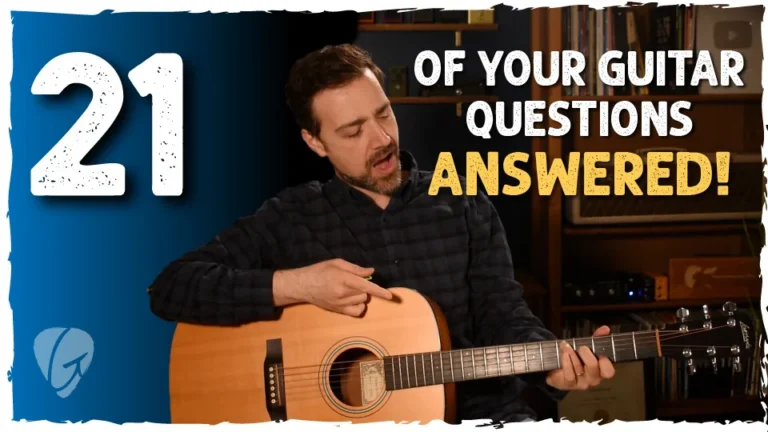You Are Not a Visual Learner (And That’s a Good Thing)
Learn why “visual learning” isn’t enough for guitar, and how to use inspiration to fuel real progress. Watch less, play more, and train your ear with this practical strategy.
Why “Visual Learning” Isn’t the Key to Guitar
Let’s get one thing straight: you are not just a visual learner.
The whole “learning styles” theory—visual, auditory, kinesthetic—is popular, but studies show there’s little scientific evidence to support it. People don’t learn better by sticking to a single preferred style. They learn better when they engage multiple senses and actively practice.
Sure, you might prefer watching guitar videos. But that’s just a preference—not a shortcut to getting better.
With music, learning is mostly a listening experience. Watching is helpful (especially for technique), but the things that really make you sound good—timing, feel, groove—can only be learned through your ears and hands.
How to Use Watching to Your Advantage
So here’s what I recommend: treat watching videos as part of your practice.
I call this the “Research & Development” Method:
- Spend 10–15 minutes watching:
Check out inspiring performances, tutorials, or songs you want to learn. Let yourself dream! Picture yourself playing in front of a crowd or nailing that solo. - Then practice for 15+ minutes:
Use the momentum you’ve built to do some actual hands-on work. That means chord changes, scales, learning a riff—whatever you’re working on.
Some days, I just don’t feel like practicing. But if I watch Brian May tear it up on A Kind of Magic… next thing I know, I’m working out that solo by ear. That spark of inspiration gets me moving.
Are You Collecting Tabs… or Learning Songs?
Another common trap is collecting tons of sheet music, tabs, and scale diagrams—but not actually learning how to play what’s in them.
Look, I love a good tab book. I have shelves full of them. But here’s a truth bomb:
The time you spend decoding a tab could be spent training your ear… and that’s a skill that keeps paying off forever.
Learning by ear is tough at first, but it eventually saves you time. Tab might feel like a shortcut, but it leaves out a lot:
- It doesn’t capture groove or feel.
- Most tabs don’t include rhythm.
- Even sheet music can’t express subtle timing or accents.
Those little things—the stuff that makes music sound human—are best learned by listening.
That’s how your guitar heroes did it. They didn’t wait for tab to drop—they learned straight from the recordings.
Try These 2 Simple Ear Training Exercises
1. Play a Nursery Rhyme by Ear
Start simple. Hum a melody like Mary Had a Little Lamb and try to find those notes on your guitar. Don’t give up. Do this 5 or 6 times, and you’ll be amazed at how your ear improves.
2. Guess the Chords of a Song
Use my Song Finder to pick a 3-chord song—something you actually enjoy listening to. Before watching the lesson, just listen to the original and guess the chords. Try G… C… E… anything. If something sounds right—awesome! That’s ear training in action.
Once you’ve had some fun with it, click the tutorial and check your work.
Stop Just Watching—Start Playing
Observation is great for getting inspired. But the real learning comes when you pick up the guitar and start making sound.
And if you need help staying motivated, structured, and focused, check out my Premium Membership—you’ll get step-by-step courses, full play-alongs, and all the tools to build real guitar skills.
Have a fun time practicing and I’ll see you soon!
– James
All-Access Pass
Start your 10-day FREE trial
- Step-By-Step Courses
- Exclusive YouTube Bonuses
- Q&A with James






